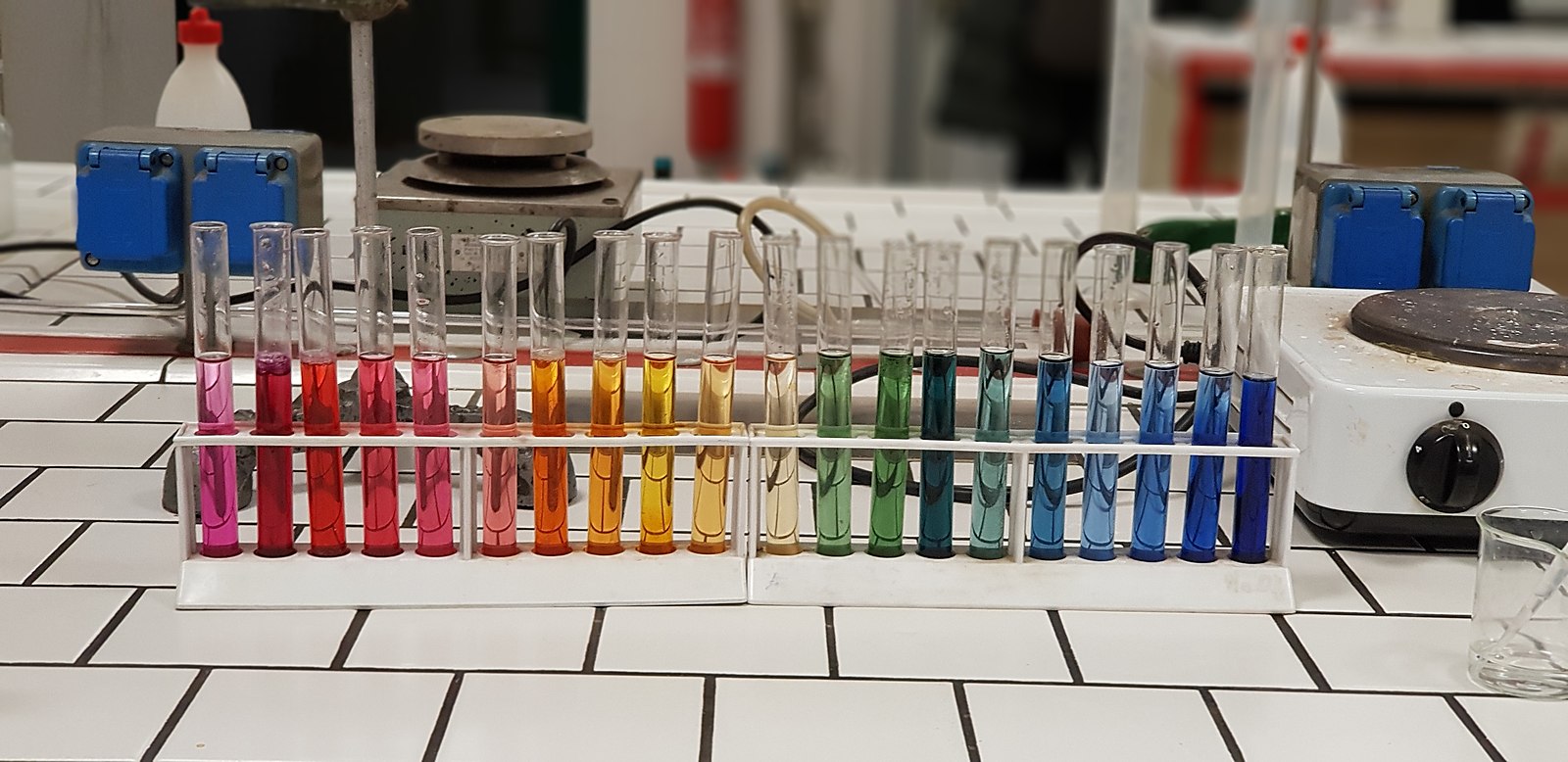When phosphorus(V) chloride (PCl5) is added to water, it undergoes a violent reaction, producing hydrogen chloride fumes. This reaction suggests that the resulting solution would have a highly acidic pH due to the formation of hydrochloric acid (HCl). In this comprehensive blog post, we will explore the details of this reaction, the pH of the solution, and the necessary precautions to handle this chemical safely.
The Reaction of PCl5 with Water
The reaction of PCl5 with water occurs in two stages. In the first stage, which takes place in cold water, phosphorus oxychloride (POCl3) and hydrochloric acid (HCl) are produced. The equation for this reaction is:
PCl5 + H2O → POCl3 + 2HCl
In the second stage, which occurs when the solution is brought to a boil, phosphoric(V) acid (H3PO4) and more HCl are formed. The overall reaction in boiling water is:
PCl5 + 4H2O → H3PO4 + 5HCl
This reaction indicates that the pH of the resulting solution would be significantly acidic due to the formation of hydrochloric acid.
Determining the pH of the PCl5-Water Solution
To determine the pH of the PCl5-water solution, we can use the following steps:
- Identify the primary acidic component: Hydrochloric acid (HCl) is the primary acidic component formed in the reaction.
- Calculate the concentration of HCl: From the balanced equation, we can see that for every 1 mole of PCl5 reacted, 5 moles of HCl are produced.
- Use the pH formula: pH = -log[H+], where [H+] is the concentration of hydrogen ions in the solution.
The exact pH value will depend on the initial concentration of PCl5 and the volume of water used. However, it is safe to assume that the resulting solution will have a highly acidic pH, likely in the range of 1-3, due to the significant amount of HCl produced.
Neutralizing the Acidity
To balance the pH of the PCl5-water solution, one could neutralize the acidity by adding a base. A common method is to use sodium hydroxide (NaOH), which would react with the hydrochloric acid to form water and sodium chloride, raising the pH of the solution.
The neutralization reaction can be represented as:
HCl + NaOH → H2O + NaCl
However, it is crucial to exercise caution when adding a base, as adding too much could result in an excessively basic solution, leading to the formation of insoluble salts or other unwanted reactions.
Safety Considerations
Handling PCl5 and its reaction with water requires proper chemical training and safety equipment due to the hazardous nature of the substances involved. The fumes produced during the reaction are highly irritating and corrosive, and improper handling could lead to severe health issues or damage to property.
When working with PCl5, it is essential to:
- Use appropriate personal protective equipment (PPE), including gloves, safety glasses, and lab coats.
- Perform the reaction in a well-ventilated area or under a fume hood.
- Avoid direct contact with the chemicals and their fumes.
- Follow all safety guidelines and protocols to minimize exposure and potential accidents.
Contaminants and Chemicals Involved
The primary substances formed in the reaction of PCl5 with water are:
- Hydrochloric acid (HCl)
- Phosphorus oxychloride (POCl3)
- Phosphoric(V) acid (H3PO4)
These chemicals can be harmful or corrosive and should be handled with care. It is essential to properly dispose of any waste generated from the reaction and to follow local regulations for the safe handling and disposal of hazardous materials.
Conclusion
The pH of PCl5 in water is highly acidic due to the formation of hydrochloric acid (HCl) in the reaction. To balance the pH, one could neutralize the acidity by adding a base, such as sodium hydroxide (NaOH), but this should be done with caution to avoid creating an excessively basic solution. Handling PCl5 and its reaction with water requires proper chemical training and safety equipment, as the fumes produced are highly irritating and corrosive. By understanding the reaction and taking the necessary precautions, you can safely work with PCl5 and its aqueous solutions.
References:
– https://www.chemguide.co.uk/inorganic/period3/chlorides.html
– https://chem.libretexts.org/Bookshelves/Inorganic_Chemistry/Supplemental_Modules_and_Websites_%28Inorganic_Chemistry%29/Descriptive_Chemistry/Elements_Organized_by_Period/Period_3_Elements/Chlorides_of_Period_3_Elements
– https://www.youtube.com/watch?v=m3zrgdV7IHs

